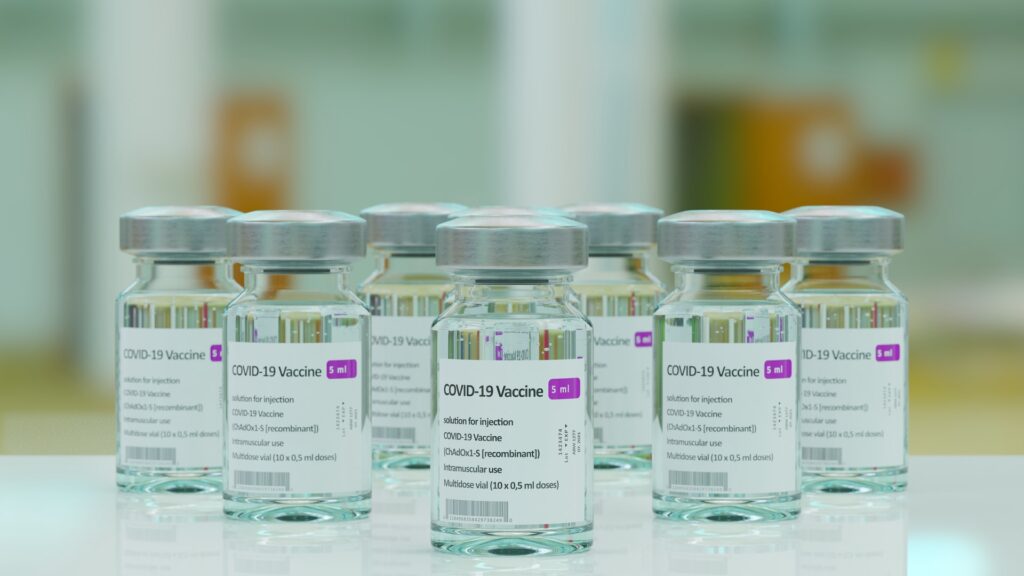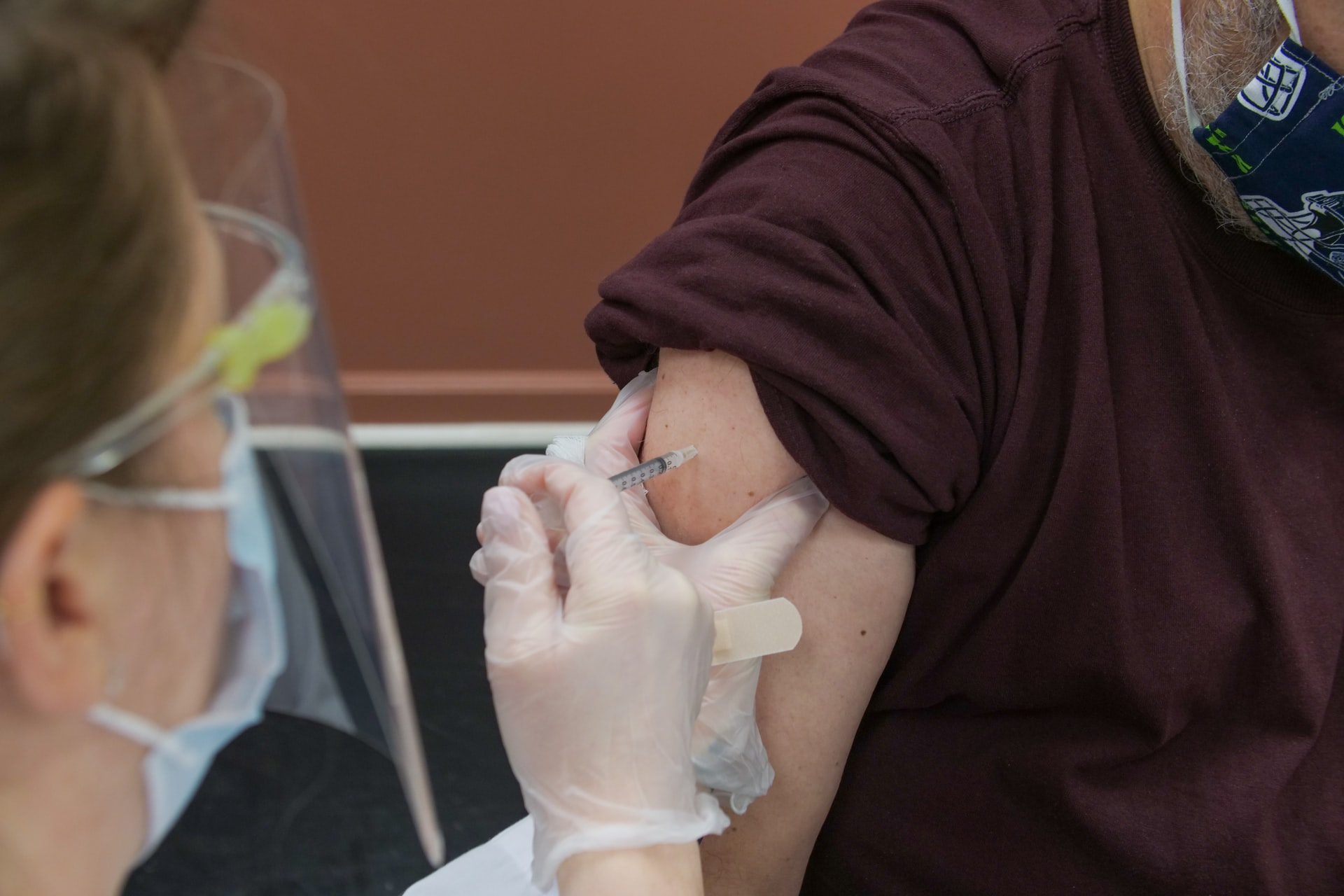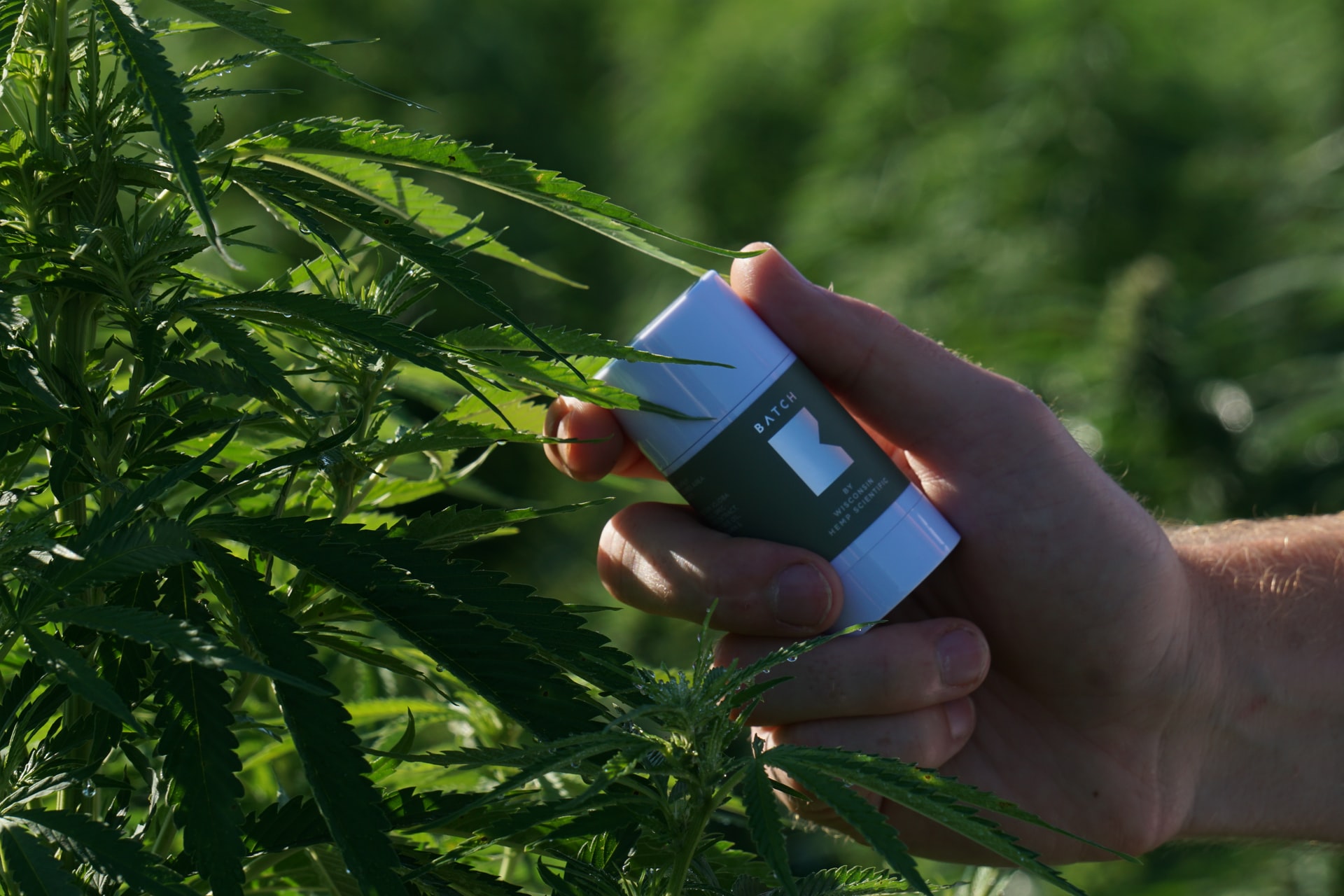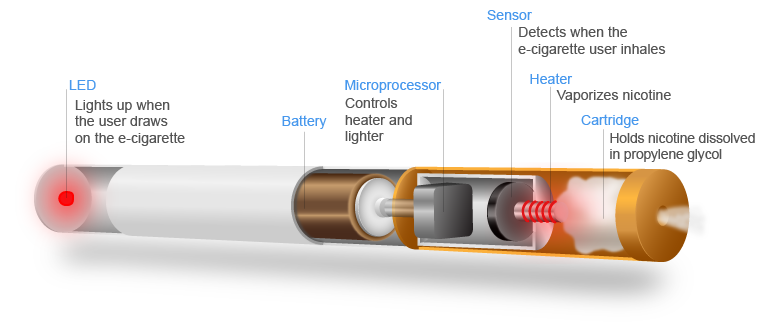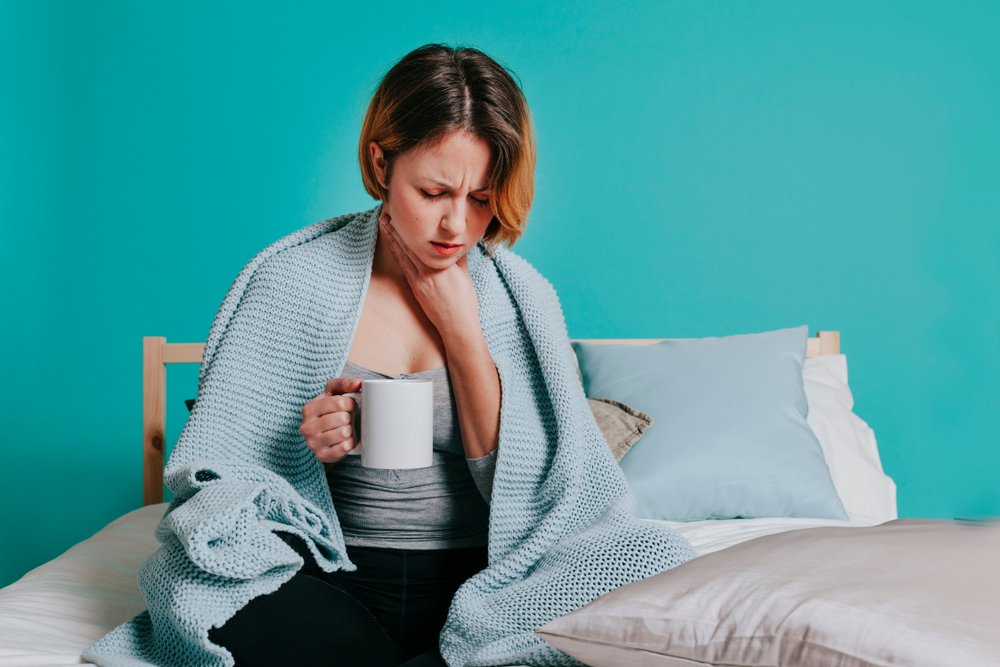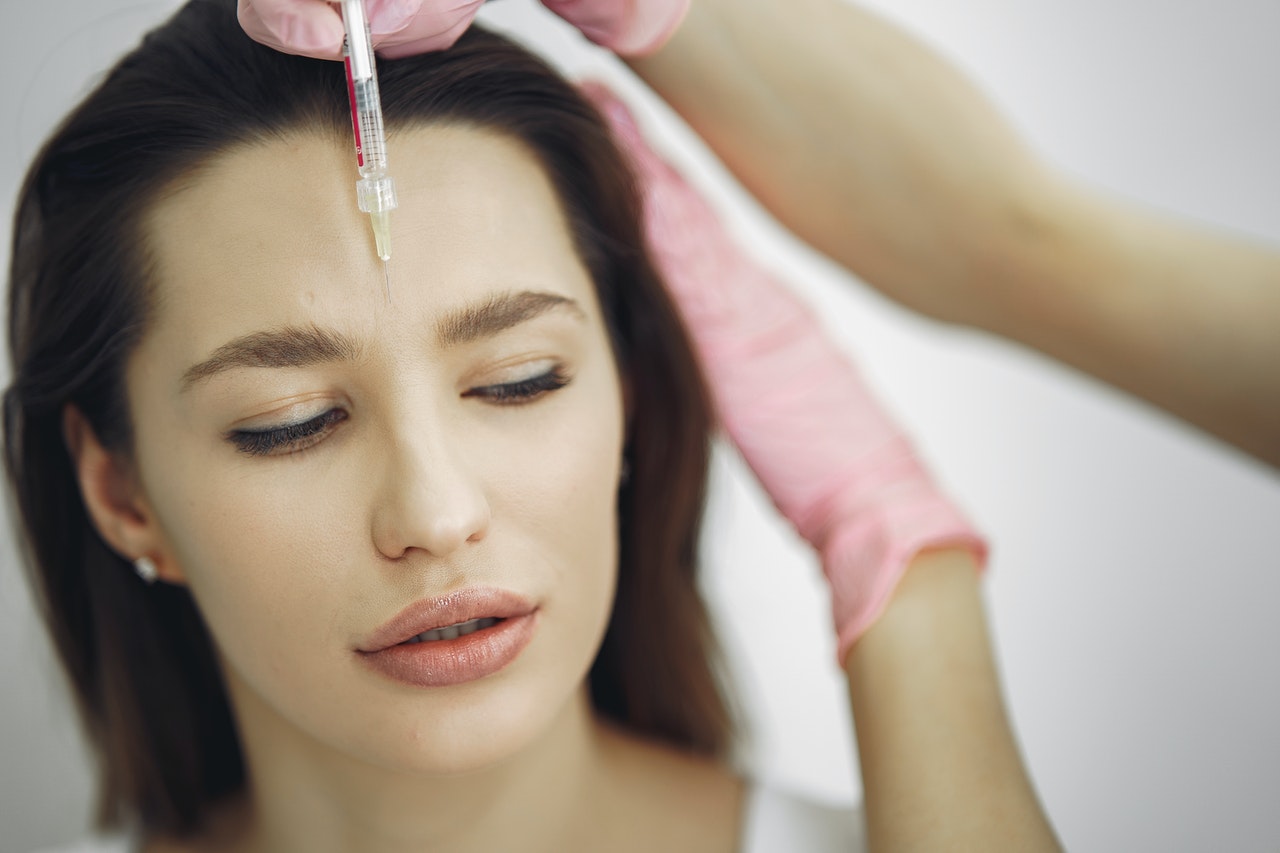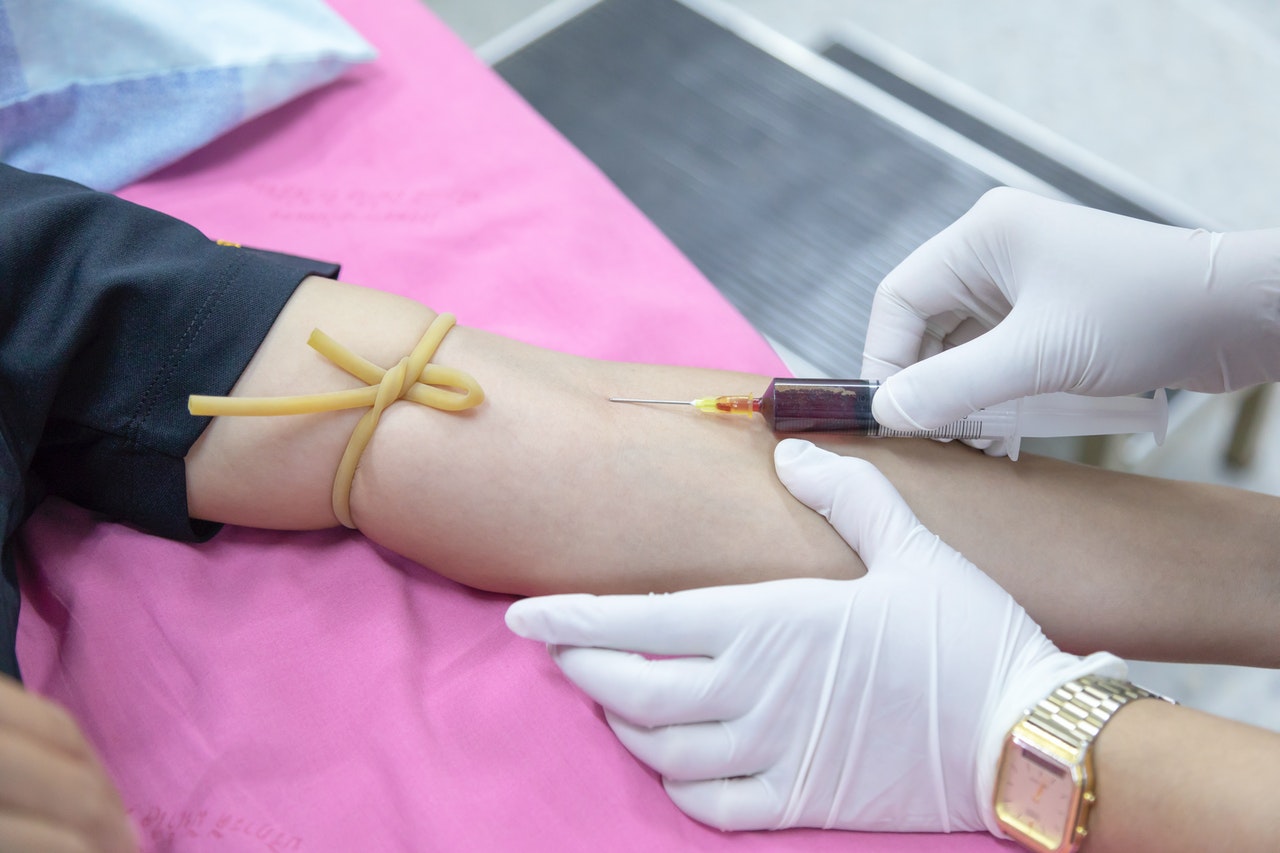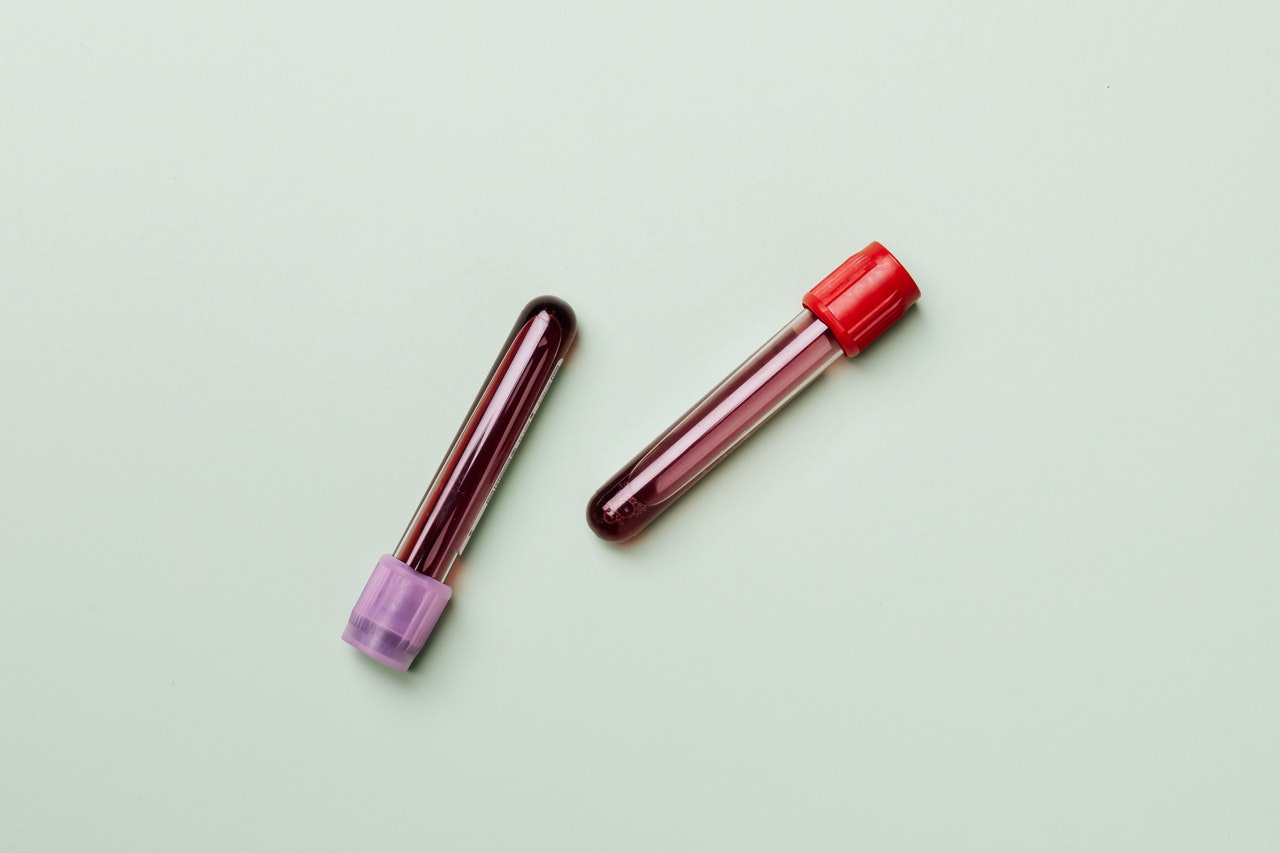Reading Time: < 1 minutes
- A vaccine’s efficacy is based on how many people who got vaccinated developed the disease compared to people who got a placebo (a dummy vaccine).
- Let’s take the case of Pfizer, whose trials were conducted in the US on about 44,000 people.
- 22,000 were given a Pfizer vaccine (V-group), while another 22,000 were given a placebo (P-group).
- These 44,000 people then continued to live their lives as normal, and after 28 days, there were 8 confirmed cases of COVID in the V-group and 162 in the P-group.
- To calculate what % of V-group people got COVID, we divide 8 by 22,000 and multiply by 100 to get 0.036%.
- Similarly, % of the P-group people who got COVID is 162 divided by 22,000 and multiplied by 100 = 0.74%
- If you divide 0.036 by 0.74 and multiply it by 100, you get 4.86%, i.e., 5% approx.
- Now 100% — 5% = 95%, and that is the efficacy of the Pfizer vaccine.
- Since the circumstances of the people in the V-group and P-group may differ, this outcome can’t be said to have 100% confidence.
- Vaccine effectiveness measures how well vaccines work in the real world.
- While the trials are conducted on significant sample numbers (44,000 in the case of Pfizer), they can’t be a perfect representation of the whole population.
- Therefore, efficacy is a less robust metric than effectiveness.
- But to measure the effectiveness of a vaccine for a problem like COVID is a mammoth task and may take months/years.
- This is because to measure the effectiveness, a significant part (comprising different races, age groups, locations, health conditions, etc.) of the world population will have to take the vaccine.
- Only after observing these huge populations and populations of those who didn’t get the vaccine, over time, can we comment on the effectiveness of any COVID vaccine.
Also Read:
Why do we need two doses of the COVID vaccine?
Image courtesy of Brano through Unsplash
Reference shelf :

